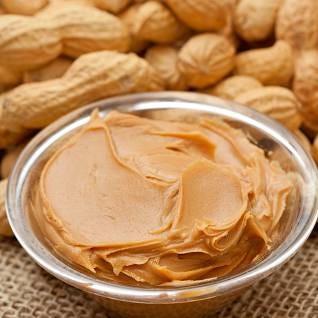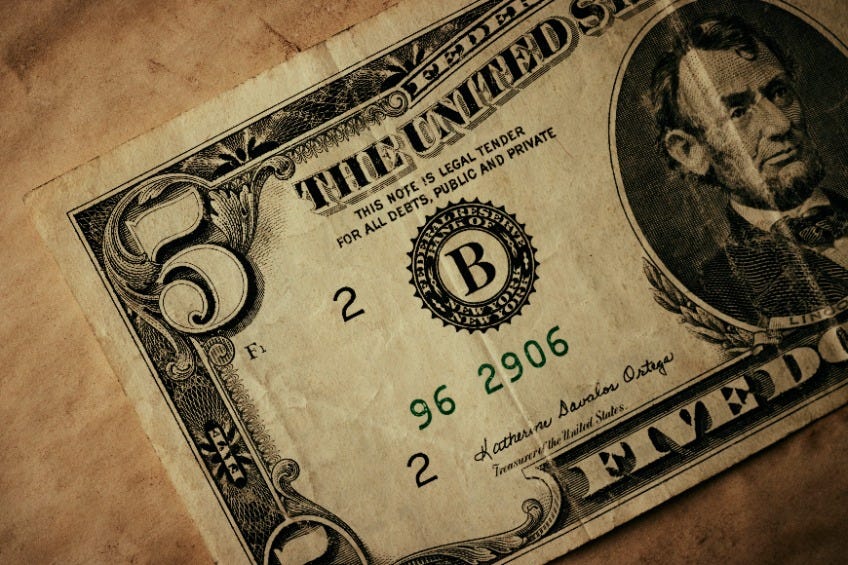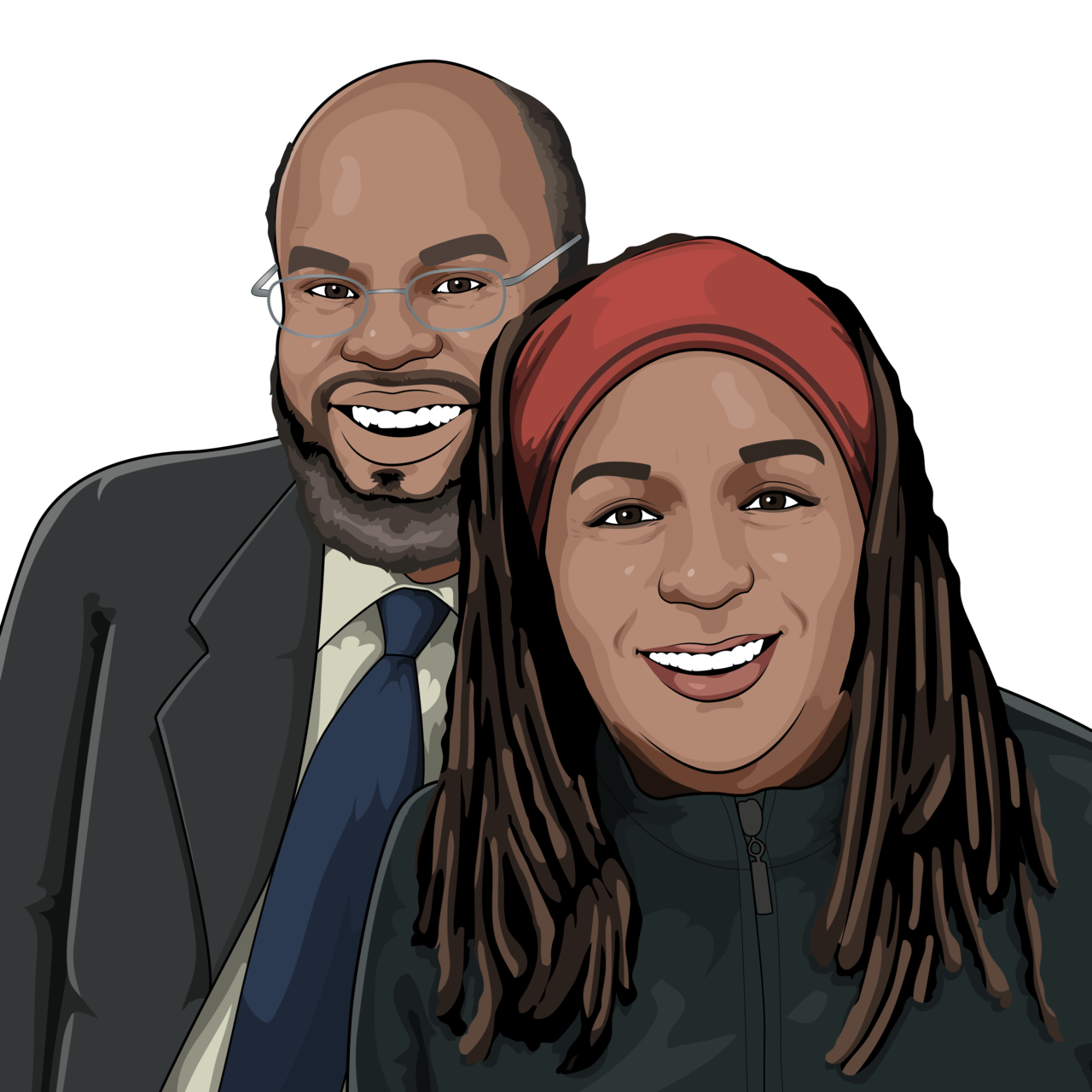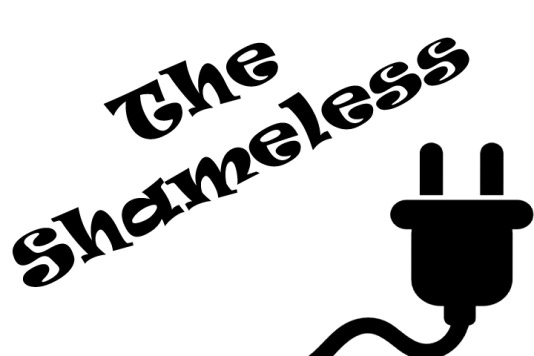The Development of Peanut Butter in American Food Culture
No, Dr. George Washington Carver did not invent peanut butter.
Issue #232 American Culture January 24, 2023
Peanut butter is an essential part of so many childhood memories, from packing PB&J sandwiches for lunch to those fond reminiscences of devouring a spoonful from the jar. So, how did peanut butter become a cultural food staple in America?
Peanut butter first graced our kitchens in the late 1800s when Dr. John Kellog introduced it as a health food alternative to meat in his sanatorium in Battle Creek, Michigan.
It wasn't until the early 1900s that peanut butter became a popular spread, thanks to its use in sandwiches by the military.
Peanut butter is made by grinding up roasted peanuts into a paste - the more you grind, the smoother the consistency will be.
Peanut butter is a good source of protein and can be used in sweet or savory dishes.
How and why was peanut butter invented? Some say it was by accident, while others claim it was on purpose. Peanut butter has been around for over a century now, and it's one of the most popular spreads in the world. So, how did this amazing creation come about?
The article continues below.
No intrusive ads or annoying popups ever! Instead, please see the important information below and at the bottom of this post. That’s how we grow and sustain this publication. AND, please keep those “Likes” and comments coming! Thanks!
There is new lower pricing for the paid levels at as little as $5.00/month or $50/year!
Paid subscribers with the Substack app are invited to participate in the W.A.S. Chat Room to discuss today’s post.
All posts are free for seven days after their publication. To read all older posts, including the complete archive, and to support us financially, please consider upgrading your subscription to a paid level. Save 17% with an annual subscription. Thank you for your support!
The article continues:
The earliest references to peanut butter can be traced to the Aztec civilization, who ground roasted peanuts into a paste.
The U.S. National Peanut Board credits three modern inventors with the earliest patents related to the production of modern peanut butter.
Marcellus Gilmore Edson of Montreal, Quebec, Canada, obtained the first patent for a method of producing peanut butter from roasted peanuts using heated surfaces in 1884. Edson's cooled product had "a consistency like that of butter, lard, or ointment" according to his patent application which described a process of milling roasted peanuts until the peanuts reached "a fluid or semi-fluid state". He mixed sugar into the paste to harden its consistency.
A businessman from St. Louis named George Bayle produced and sold peanut butter as a snack food in 1894. By 1917, American consumers used peanut products during periods of meat rationing, with government promotions of "meatless Mondays" when peanut butter was a favored choice.
Dr. John Harvey Kellogg was an advocate of using plant foods as a healthier dietary choice than meat. He was issued a patent for a "Process of Producing Alimentary Products" in 1898, and used peanuts, although he boiled the peanuts rather than roasting them.
His younger brother, Will Kellog, started the Kellog company, which is known for its line of prepared breakfast cereals.
Dr. Kellogg's sanatorium, called the Western Health Reform Institute, served peanut butter to patients because they needed a food that contained a lot of protein and that could be eaten without chewing. At first, peanut butter was a food for wealthy people, as it became popular initially as a product served at expensive healthcare institutes.
However, it wasn't until the early 1900s that peanut butter really gained popularity. A man named Joseph Lambert patented a machine in 1903 that could grind peanuts into a paste-like substance, making the production of peanut butter much easier and more efficient. Furthermore, around this time, people began to realize the potential health benefits of peanut butter, such as its high protein content and low-fat content.
In 1922, a man named Russell Stover developed a method to manufacture processed peanut butter which involved roasting peanuts in oil and then grinding them into a paste. This process made it easier to spread the peanut butter onto bread without it crumbling. Stover's production method eventually became the standard for manufacturing peanut butter.
Today, there are countless creations of blends, flavors, and styles available on grocery store shelves. It soon became an American staple in not only sweet dishes but savory ones as well. Peanut butter sandwiches have been feeding hungry stomachs for centuries—sometimes with a slice of banana or even bacon added in! Whether creamy, crunchy, salted, or unsalted - peanut butter is sure to be found in most pantries around the globe.
So, peanut butter was invented by accident but its popularity really grew due to its health benefits and convenience. It's no surprise why it's still one of the most popular spreads today!
You can make your own peanut butter at home with just a few ingredients and a food processor.
All it takes is some roasted peanuts and a bit of elbow grease; the more you grind up the peanuts into a paste, the smoother the consistency will become. Making your own peanut butter from home is not only easy but also allows you to control exactly how much sugar or salt you want to add, plus, store-bought peanut butter can't compete with the glistening sheen and nutty aroma of homemade stuff!
Dr. George Washington Carver did not invent peanut butter
Dr. George Washington Carver was admired for his inventions, though many misunderstood the meaning behind them. While most people think Dr. Carver invented peanut butter, this isn't true! Instead, he developed an impressive list of over 300 uses for peanuts – from milk to ink and from glue to fuel. He pushed the industry forward in peanuts and led generations of individuals to rethink peanuts as a useful resource that could be leveraged for much more than snack time.
By the time Dr. Carver published his document about peanuts, entitled "How to Grow the Peanut and 105 Ways of Preparing it For Human Consumption" in 1916, many methods of preparation of peanut butter had already been developed or patented by various pharmacists, doctors, and food scientists working in the US and Canada.
What is your favorite flavor of peanut butter? Have you ever made your own peanut butter at home? Let us know in the comments or start a dialogue in the W.A.S. Chat Forum for paid subscribers on the W.A.S. app.
Help us to grow our We Are Speaking Substack!
Don’t Forget! If you have the W.A.S. app for iOS and Android, you can listen to each article by clicking the little headset icon. You can also participate in the W.A.S. Chat (for paid subscribers only).
There are many benefits to using the W.A.S. app, including the ability to listen to our posts and podcast episodes straight from the iOS or Android app.
Paid Subscribers: Join us in the new W.A.S. Chat!
Have you thought about starting a Substack publication of your own? It’s quick, easy, and free!
You can always leave any questions in the comments or email us.
Free posts are available for 7 days after publication. Adjust or upgrade your subscription to the paid level here. Pay less than 14¢ per post for the 36 monthly articles and podcast episodes. Thank you for your financial support!
Read Detroit Stories Quarterly by Keith Owens, et al.
Check out the Global Creative Community Branding and Marketing Academy (GCC BMA) offering online courses networking opportunities, and one-on-one and group coaching for independent writers and creative and solo professionals.







